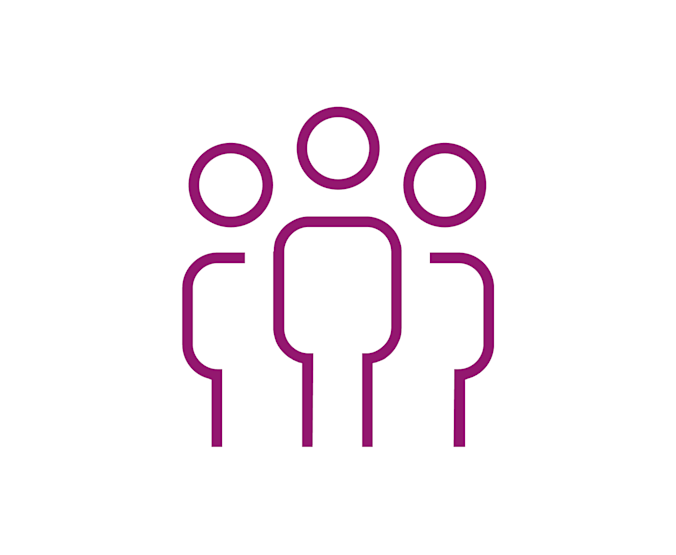
How to approach your privacy settings while using your social networks
Before joining a social networking site, read the privacy policies and find out exactly how the site plans to protect your information.
Be wary of who you add as a friend (after all you wouldn’t invite a stranger into your home). Be sure you know who you are adding; it is not uncommon for identity thieves to create fake profiles.
Try to keep personal information about yourself from your page and create strong security answers. Security questions are usually names of pets, favorite colors, mother’s maiden name, birthdays, first school, etc. and all this information can usually be found out over a period of time from your page. The best thing to do is to create different answers to these generic questions which no-one but yourself would be able to guess and to be very wary of what information you are posting about yourself.
Treat links with caution. When a friend has sent you a link, be aware that the link may contain a virus (after all a hacker may have hacked into your friend’s profile). Treat links in the same way you would if they came into your email account.
Avoid downloading third party applications such as free games onto your devices. Criminals can use apps like these to steal your identity and download viruses. Be sure to check out exactly who provides the application and that you are getting it from a reputable source.
Make use of the privacy settings on your site.
Facebook, for example allows you to hide your page from those whom you do not wish to view it. Review these regularly as what it promised today may not be what it offers tomorrow.
Always monitor your children’s use of the internet. Make sure that you know exactly what your children are browsing and also ensure that they never post any information or personal data about your family, as this is a way in which cyber criminals can target them and you.
Where it’s possible, use two-factor authentication on all of your social media accounts. Two-factor authentication is a security process that is designed to provide additional security and also provides the user with two means of identification from separate categories of credentials; one is normally physical e.g. a mobile phone or device and the other is typically something memorized such as a pin or a password.
Disclaimer
The content on this page is provided for informational purposes and is not intended to provide authoritative information security, data protection, or other professional or legal advice. Links to third party web sites and content do not constitute an endorsement or sponsorship by Computershare and Computershare does not represent or warrant that the contents of those web sites are accurate, compliant with legislation of the Republic, or compliant with copyright or other intellectual property laws. Any reliance on the contents of a third party web site is at your own risk and you assume all responsibilities and consequences resulting from such reliance.